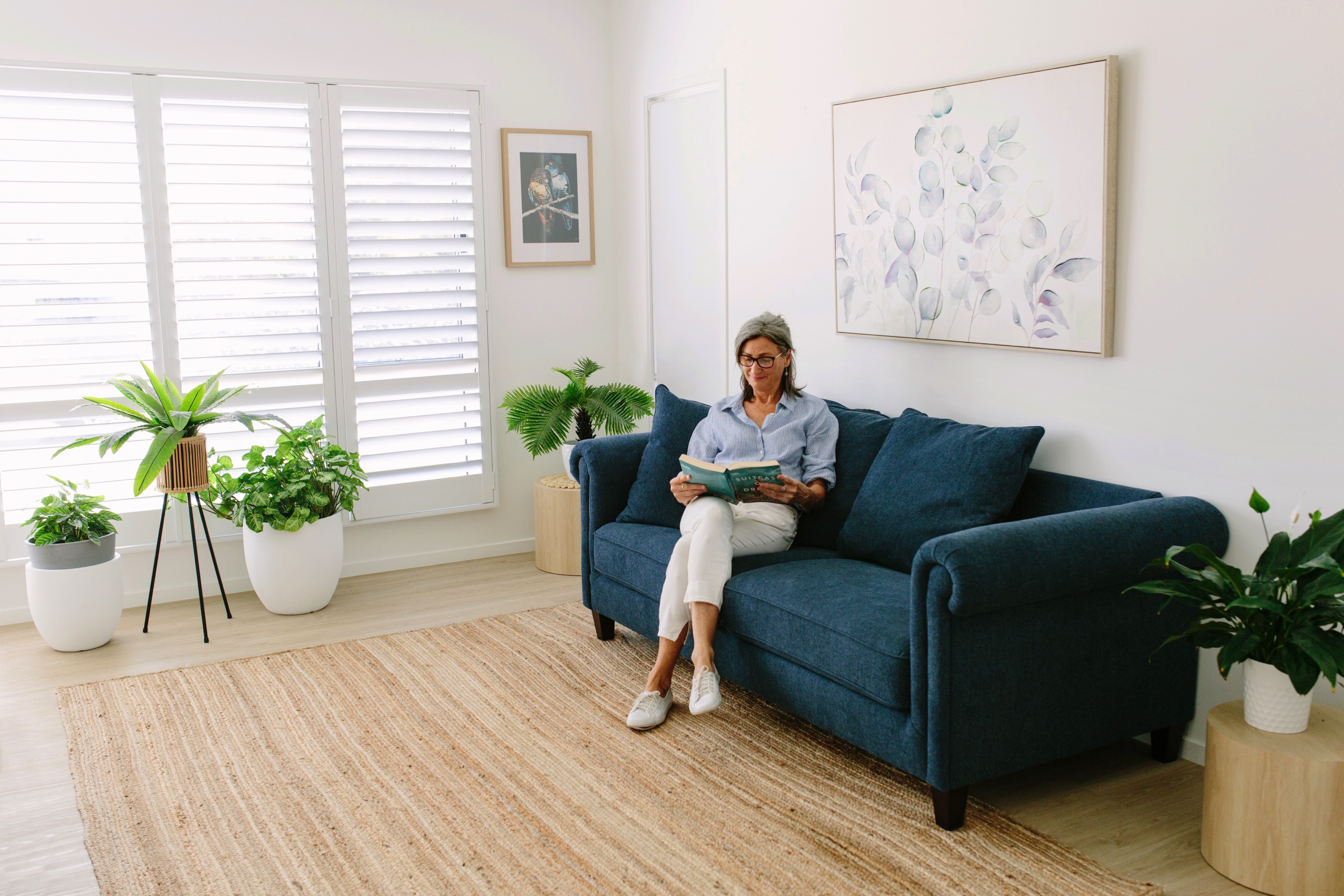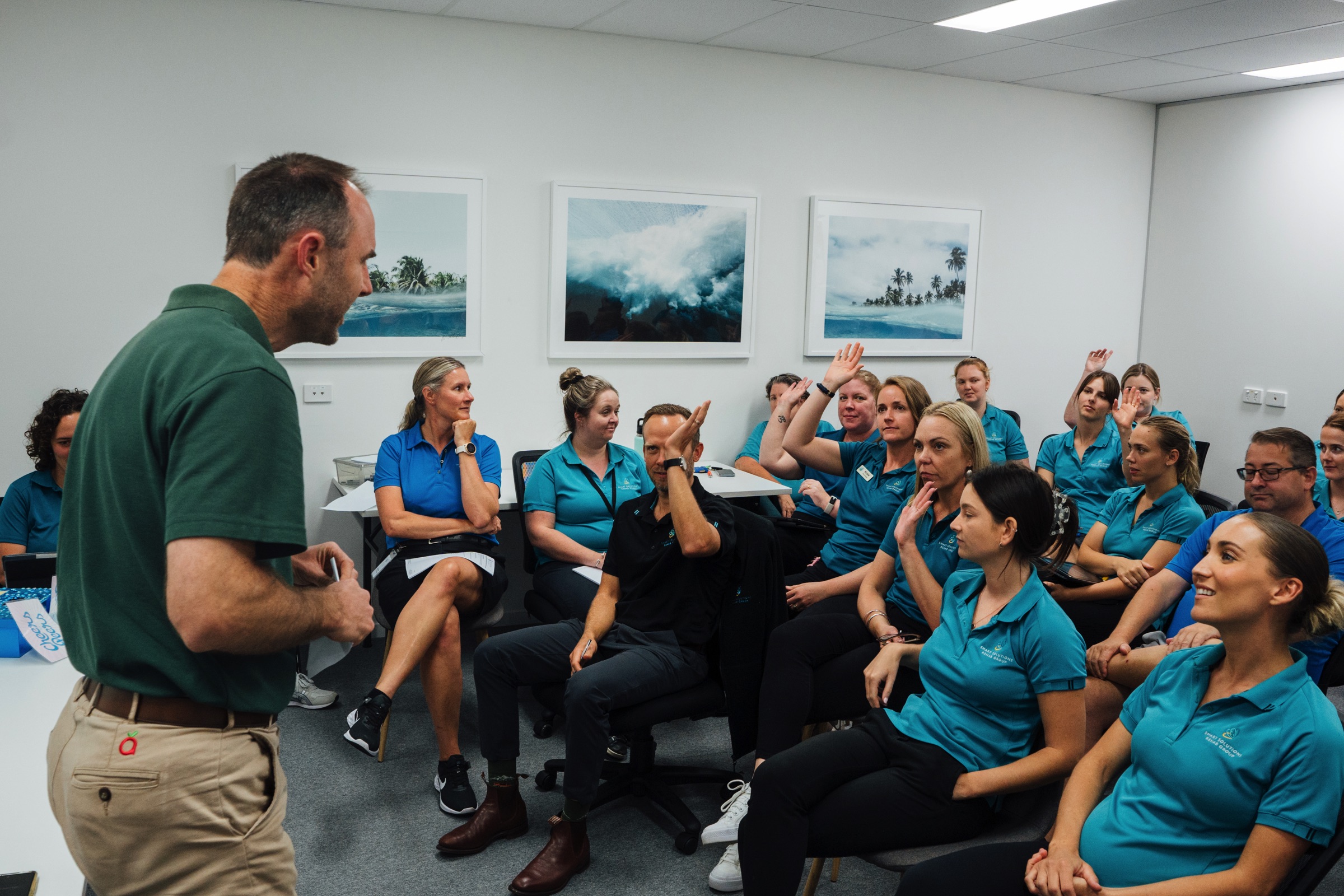What is muscular dystrophy?
Muscular Dystrophy is the term given to a group of genetic (inherited) conditions where the body’s muscles change over time, resulting in increased weakness, muscle deterioration, decreased organ function and other disabling symptoms. There are more than 30 different types of muscular dystrophy.
Some forms of Muscular Dystrophy, such as Duchenne Muscular Dystrophy (DMD) and Becker-Type Muscular Dystrophy, will primarily affect males. This is because the condition is caused by a defect in a gene that is inherited on the X chromosome, and males have one X and one Y chromosome. Women can carry the defective gene but because they have two X chromosomes and will usually not show symptoms as they have a normal copy of the gene on their second X chromosome.
What are the symptoms Muscular Dystrophy?
Symptoms of Muscular Dystrophy can begin to appear at any time from birth to adulthood. The onset age, progression and location of muscle weakness will vary depending on the type of muscular dystrophy. As the disease progresses, these symptoms can make it hard for people to continue with their daily activities at home, or at work and can result in changes to the body such as scoliosis (abnormal curvature of the spine), heart problems (cardiomyopathy), breathing difficulties, vision changes, speech problems, swallowing difficulty, increasing difficulty moving the muscles in the face and ongoing pain.
Physiotherapy for Muscular Dystrophy
Physiotherapists can provide exercise and stretching programs that aim to reduce the rate of progression and loss of range of motion, maintain muscle strength and target gait and posture. They can provide home stretching programs that can be completed at home or work. They can also provide exercises to target the muscles associated with breathing and swallowing, and to manage pain associated with weakness and muscle cramping.
Occupational Therapy for Muscular Dystrophy
People affected by muscular dystrophy have different degrees of independence, mobility and other needs. The role of an Occupational Therapist, is to help address a range of areas including:
- Adapting tasks to prolong independence in tasks such at home, in public and at work
- Equipment to help with everyday tasks (such as large grip cutlery, or tipper kettle)
- Activities to strengthen weakened muscles to sustain use
- Home and workplace modifications to minimise risk of falls …read more >
- Prescription of mobility equipment, walking aids, wheelchairs and power scooters …read more >
- Equipment to provide safety and independence in self-care tasks
- Joint protection and falls prevention education to minimise risk of injury or strain
- Energy conservation education to maximise body movements, function and manage fatigue
- Body support systems to support weakened body parts safely
- Prescription of motorised equipment to aid with transfers (recliner, bed, hoist)
- Pressure needs assessment and prescription of pressure care equipment …read more >
- Pain Management strategies
Need to know more?
Contact us today to discuss how our experienced team of therapists can help you meet your goals and manage the symptoms associated with Muscular Dystrophy. You can either email us at admin@ssrg.com.au or you can call us on 1300 729 190 and we will be happy to help!




